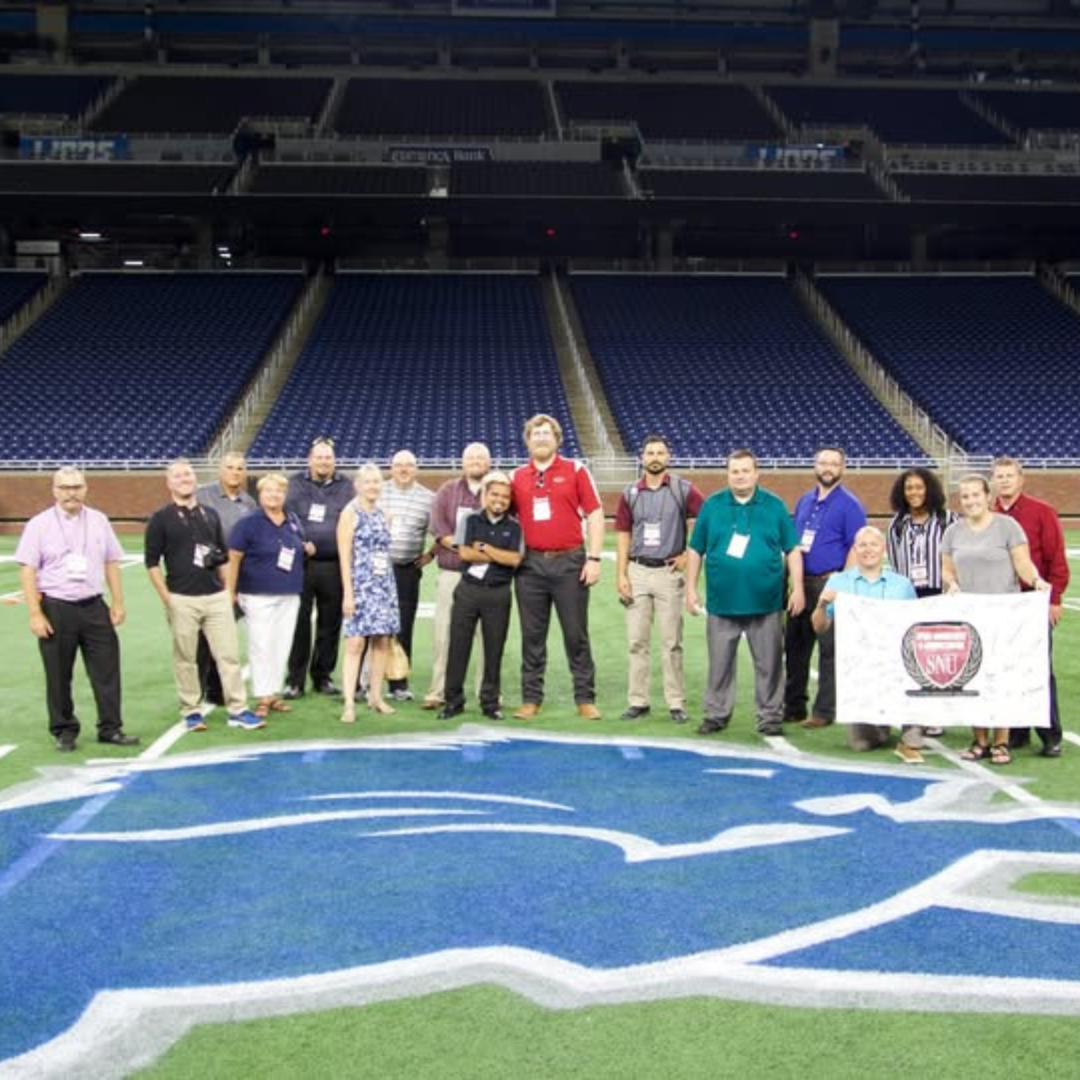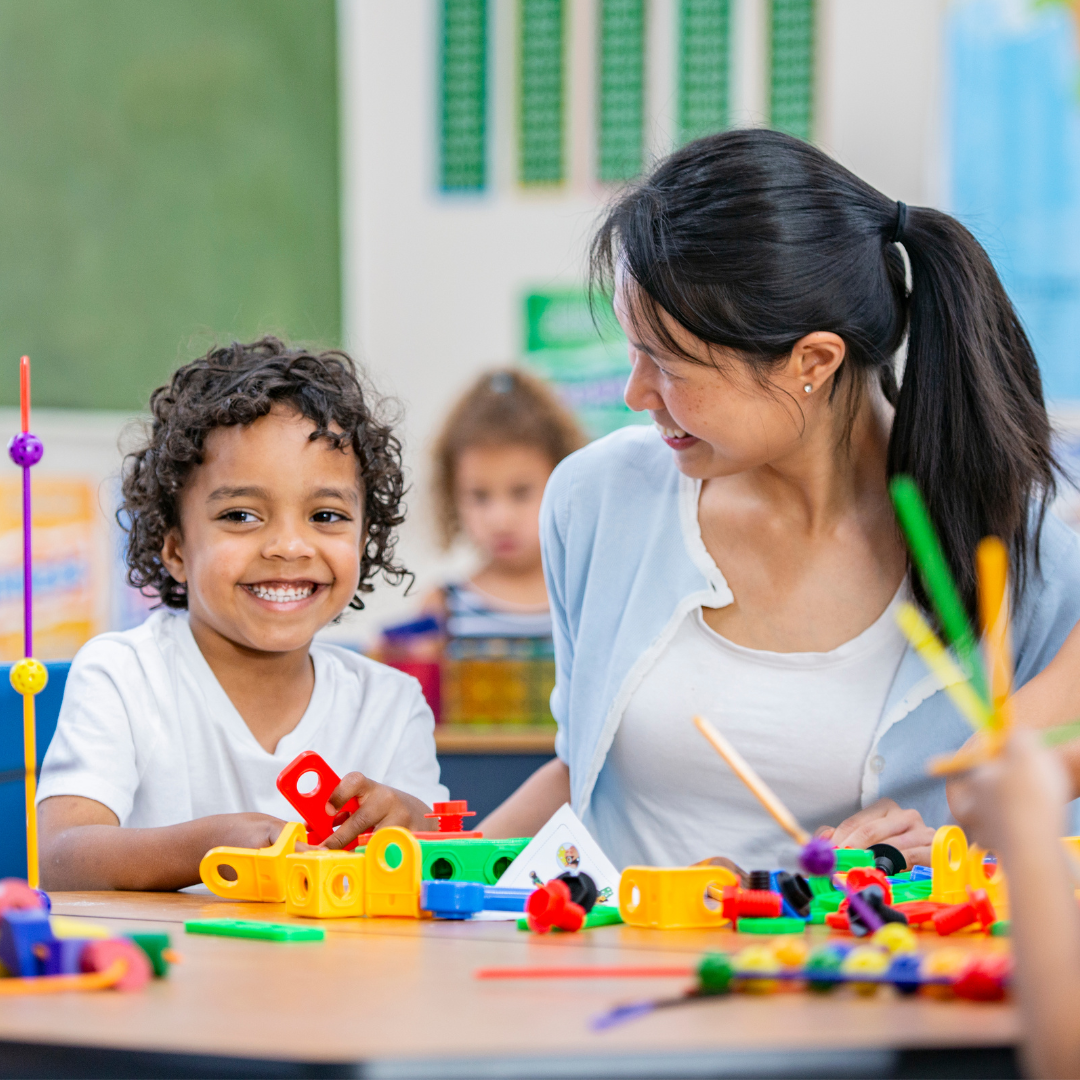%20(1).jpg?width=920&name=GettyImages-1154963750%20(1)%20(1).jpg)
A generation ago, virtual reality offered little more than complex video games behind funny glasses. Today, virtual reality boasts wide potential to improve almost every aspect of human life. Adventurous spirits use virtual reality to travel to places they’ve never been, without the expense of real travel. People with dementia can relive their memories and improve cognition, while scientists use VR technology to better understand the lived experiences of neurodivergent children and adults.
In the classroom, virtual reality is still in its infancy. But as more students become interested in distance learning and online degree programs, this novel technology presents newer, more inclusive approaches to education.
Virtual Learning in Today’s Classrooms
Some schools are already using virtual reality programs such as Class VR. This new technology allows students to experience things they never would have a generation ago, such as dissecting a human heart. VR also offers a different learning modality that may work for struggling students and those who do not learn well in traditional classes. For example, an autistic student may feel anxious about working in a small group, but very comfortable devising a presentation in a virtual setting or using VR to explore a geological phenomenon.
Some real-world examples of how VR technology is already being leveraged in classrooms include:
- Exploring human and animal bodies. This use case could permanently end ethical debates about dissection and enable students to learn about organ systems in a safe and realistic environment.
- Fieldwork. Students who want to explore a geographic region, learn about animals in the wild, or tour the ruins of a natural disaster can do so with virtual reality.
- Research. For example, criminal justice students can simulate a real trial or even view a crime scene through virtual reality.
- Field trips. Field trips offer an immersive learning opportunity, but they can also be expensive and logistically taxing. Additionally, for students with certain disabilities, outings like this may feel exclusionary and stressful. Virtual field trips allow everyone to participate without any additional risk or expense.
- Vocational training. Fixing an electrical circuit is vital work. It’s also dangerous for novices and potentially very expensive. Virtual reality allows vocational students to train earlier and longer before trying the real thing.
- Content creation. Students aren’t just using VR as a learning tool. They’re creating their own immersive experiences for other students. Boring presentations and anxious speeches could one day be a thing of the past, as students choose instead to demonstrate their ideas by building new worlds.
- Offering a more appealing learning modality. No two students are exactly alike. Some learn well by listening to an instructor and taking notes. Others need to get up, move around, and immerse themselves in a unit. These students may struggle in traditional classrooms. Virtual reality allows them to throw themselves into the material without struggling to sit still.
The Future of Virtual Reality in Education
Virtual reality hasn’t reached its apotheosis in education just yet. Indeed, in most classrooms, this compelling technology remains a distant fantasy, not a reality. That may soon change, as educators realize the incredible potential and schools move to help their students better prepare for an increasingly tech-driven future.
VR is already improving people’s lives across the globe. Some potential uses in education might include:
- Modeling and practicing real-world employment scenarios. It’s one thing to teach conflict management. It’s quite another to shepherd a student through the anxiety and frustration of a real employment conflict. VR can help students master the social skills, impulse control, and communication they need to thrive in the workplace of the future. Research consistently shows that soft skills, including social skills, are a key predictor of success. The right technology can unlock these tools for every student.
- Making reading more compelling. Reading opens up new worlds, but many students—including those with dyslexia and other learning disabilities—struggle through long books. Virtual reality could better illustrate the material students read, helping them gain more appreciation for their coursework and potentially inspiring them to persist when reading gets difficult.
- Offering better disability accommodations. Students with disabilities are entitled to reasonable accommodations in education. VR might widen the scope of accommodations students can use. For example, a student with agoraphobia could use virtual reality to mimic a traditional classroom setting, while a learner with a physical disability could share in an active field trip.
- Learning about other cultures. Understanding another world requires much more than just learning its history and geography. Cultural differences are challenging to teach and even more difficult to bridge. Virtual reality could help students practice interacting with people from vastly different cultures and backgrounds, steadily sharpening their interpersonal skills in the process.
- Improving online learning. Distance learning programs offer greater convenience and accessibility to a wide range of students, including adult learners. Virtual reality could make these programs even more compelling by mimicking a real classroom setting, helping students across the city or country share in a joint project, and capturing the many subtle challenges of group work—even when there’s no actual group.
- Reaching isolated students. Students who do not live near quality schools, as well as students with chronic illnesses and some other disabilities, may not be able to attend traditional classrooms. Virtual reality can capture the classroom experience without requiring students to drive long distances or miss doctor’s appointments.
The only limit to what VR can do is the imagination and creativity of educators and the students they serve. If students push for better technology and propose strong ideas for integrating it into the classroom, virtual technology could become commonplace, supporting students to learn and explore more deeply.
Online Degree Programs as a Step Toward VR
Online degree programs were once a fringe pursuit, available at only a few schools. Today, these programs are decidedly mainstream and are forging a path into a more inclusive educational future. Students who once had no access to good schools can attend from hundreds of miles away. People with disabilities and trauma histories that once made sitting in a physical classroom difficult or impossible can now attend college on their own terms.
Online enrollment is rapidly growing. In 2017, a third of students were enrolled in at least
one distance learning class. In 2018, more than 15 percent of college students exclusively took online classes. As enrollment surges, employers become more accepting of nontraditional classrooms. Ninety-two percent of employers told the Society for Human Resource Management that they have a favorable opinion of online degrees from traditional universities.
Though virtual reality may not yet be commonplace, the rapid shift away from in-person education and toward online degrees suggests that the classroom of tomorrow might be a virtual one. In the meantime, students interested in using technological solutions should consider a quality online degree.
Distance learning programs allow you to go to school on your own terms, without fighting traffic or even getting dressed. SNU offers rigorous coursework, skilled instructors, and online degree programs that prepare you for a wide range of careers. Contact us to learn more about how we can take your education, your career, and your life to the next level!












